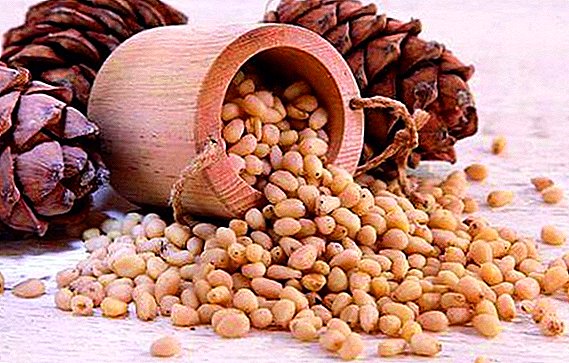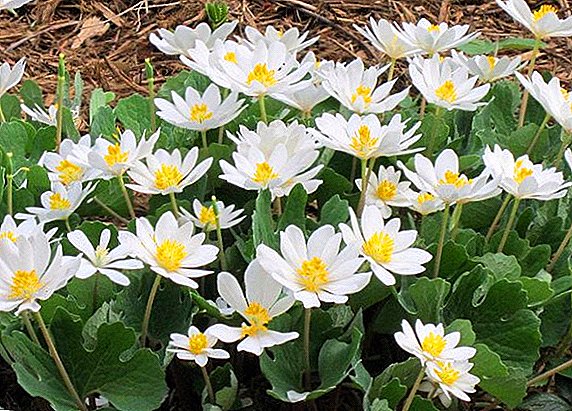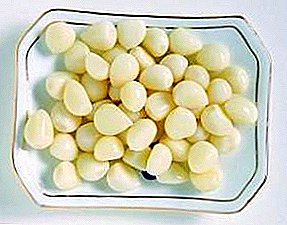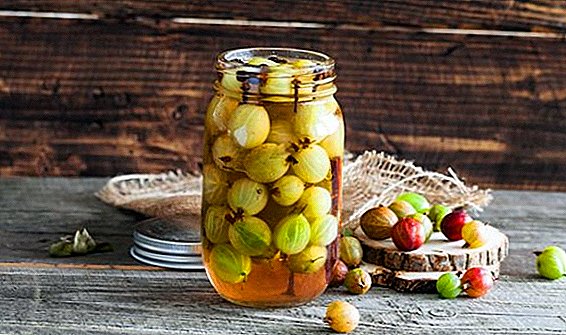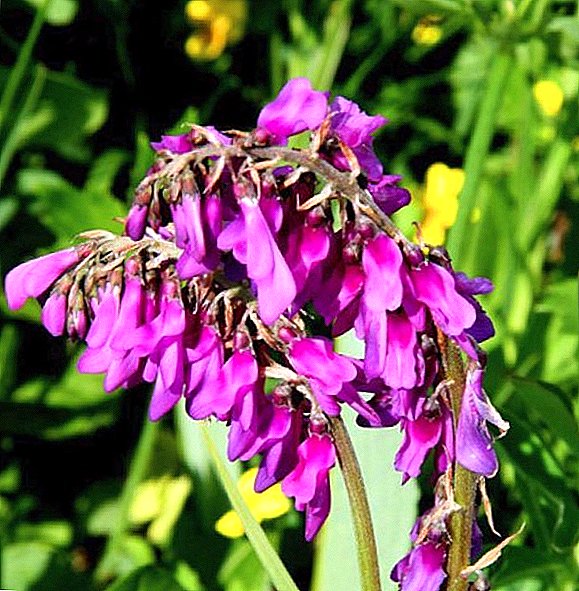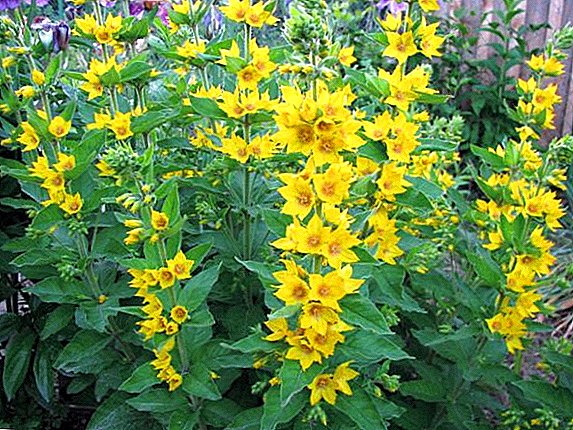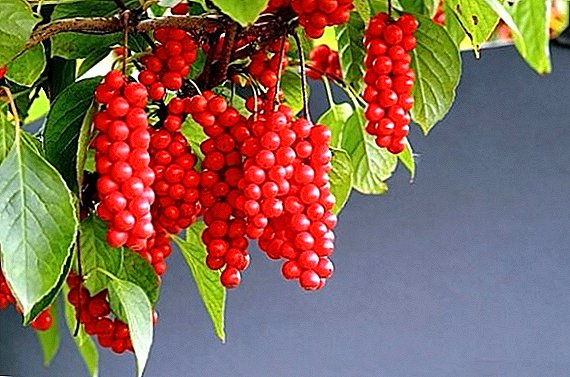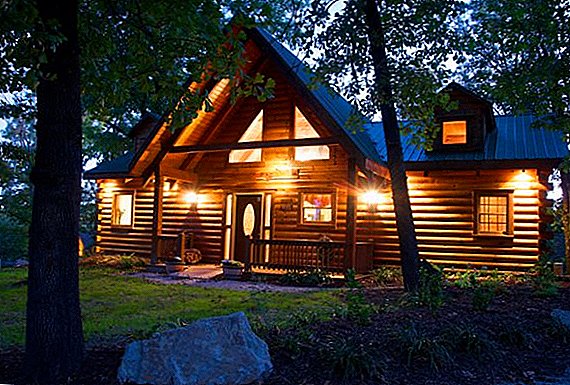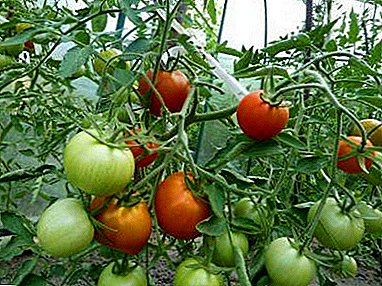
Tomatoes are rather heat-loving plants, well grown on open ground in the southern regions. It is also possible to get a rich and high-quality crop in the Urals, it is enough to create suitable greenhouse conditions. The local climate allows you to get the first harvest in July.
In the proposed article we will talk about how to choose the right varieties of tomatoes, taking into account the climatic features of this region.
You will learn how to prepare a greenhouse, plant tomatoes in it and arrange optimal conditions for them. We will tell you about many subtleties that allow you to get a good harvest.
Is it possible to grow tomatoes: pros and cons, difficulties, features
Growing tomatoes in the greenhouse, subject to certain rules - the process is quite easy and productive, and has many advantages. Advantages over cultivation in the open field:
- Plant can begin in April, which provides an earlier harvest.
- Greenhouse protects tomatoes from bad weather conditions.
- There is no need to water the plants often.
- Greenhouse conditions provide tomatoes with excellent health and high yields.
- Greenhouse tomatoes, compared to groundwater, are stored longer.
Of course, there are a few small drawbacks in greenhouse tomatoes - they are slightly inferior in taste to tomatoes grown in open ground, and also, due to the necessary arrangement of the greenhouse, their cost increases.
Which varieties to choose?
The most popular varieties in the Urals are:
"Bull's heart"
"Bull's heart" refers to the mid-ripened varieties of tomatoes. The plant has a strong stalk and reaches a height of 2 meters; It is necessary to form a bush in 1-2 stems.
With proper care, each bush is able to give up to 10 kg of crop. Fruits reach weight up to 500 g.

"Gold fish"
"Goldfish" refers to the mid-long indeterminate varieties. Bushes are very tall, from 2 meters and up; formation is necessary. Fruits reach a mass of 100 g.

Also grown varieties of "White filling", "Soil Gribovsky," "Kiev", "La-la-fa F1", "Siberian early", "Peremoga", "Rosemary F1" and some others.
Preparatory measures
Growing greenhouse tomatoes requires careful preparation and care at every stage of cultivation.
How to prepare a place?
Before transplanting seedlings the greenhouse must be prepared: the room should be washed, sanitized and well ventilated. Then beds are prepared - small holes are made for seedlings. Each well is poured abundantly with water.
The soil
The most favorable for tomatoes is a mixture of sod land, humus and peat; Also suitable mixture of garden soil and sawdust in the ratio of 3: 2. Each bucket of soil mixture for additional feeding is fertilized with ashes (0.5 l) and superphosphate (3 matchboxes) and mixed thoroughly.
Growing seedlings
Seeds are placed in a 5% solution of table salt; when strong and large seeds have settled on the bottom, they are taken out and dried slightly.
 The prepared seeds, in order to avoid some diseases, are quenched by soaking for 10 minutes in a solution of potassium permanganate (1 g / 100 ml of water), after which they are thoroughly washed and then slightly dried.
The prepared seeds, in order to avoid some diseases, are quenched by soaking for 10 minutes in a solution of potassium permanganate (1 g / 100 ml of water), after which they are thoroughly washed and then slightly dried.
Immediately before starting sowing, it is advisable to soak the seeds in warm water for 2 days, then another 3 days to keep in the freezer at a temperature of about -3 ° C. This procedure will increase the immunity of plants to low temperatures of the Urals. Seeds hardened by this method are planted in boxes with a height of 5-6 cm.
After sowing, the seeds are watered with warm water and covered with a film or glass. Water the seeds must be daily before the beginning of the shoot (usually up to 4-5 days). During the week, boxes with seedlings must be kept at a daytime temperature of 12–15 ° C and nightly at a temperature of 6–8 ° C, then the temperature is raised to 18–20 ° C and 10–12 ° C, respectively.
Picking
Picks should be done after the second leaf appears on the plant.
- Plants are transplanted into cups with the ground, but for the climate of the Urals it is better to use peat pots; This will accelerate the ripening of fruits up to 2 weeks. Pots should be filled with the same mixture of soil as when planting seeds, leaving 5-6 cm of stock.
- After 10 days, you need to add a little earth, after 10 days to fill the pots completely.
- When picking, 2 seedlings are planted in each pot; after 15-20 days, the weakest is removed by cutting off at the very border of the root.
Important! Young seedlings need to be fed with phosphate fertilizer - 5-7 seeds of superphosphate and 2-3 seeds of nitrophoska are placed in each pot; from above the earth is filled up and the plant is watered
Watering and feeding
Tomato seedling does not require frequent and abundant watering - should only be watered dry soil. Water should be settled and have a temperature of 25-30 ° C. It is necessary to feed the seedlings for the first time in 1.5-2 weeks after the picking, then only when necessary.
You can make fertilizer fertilizer "Azofoska" or infusion of ash: 1 cup of ash per 10 liters of water, watering the seedlings under the root.
Step-by-step instructions: when and how to replant?
The optimal time for transplanting plants to the greenhouse is 1.5 months after emergence. The highest bushes of tomatoes are usually planted slightly lower than the others, after removing the lower leaves. Before planting tomatoes in the greenhouse, they must be watered well.
 It is recommended to install a garter attachment at the holes before planting, in order not to damage the roots. Put prepared small holes (10-15 cm in diameter) over a small handful of humus or a mixture of wood ash (handful) with a teaspoon of superphosphate, then each well is filled with 2 liters of a weak solution of potassium permanganate.
It is recommended to install a garter attachment at the holes before planting, in order not to damage the roots. Put prepared small holes (10-15 cm in diameter) over a small handful of humus or a mixture of wood ash (handful) with a teaspoon of superphosphate, then each well is filled with 2 liters of a weak solution of potassium permanganate.
Tomatoes are transplanted into the greenhouse along with an earthy clod. The hole is filled with water, and a bush is placed in the resulting dirt. Seedlings overgrown planted under an inclination and sprinkle part of the stem with earth.
The soil around the planted bush should be slightly compacted and lightly sprinkled with soil. To prevent phytophthora, plants are sprayed with Bordeaux mixture (100 g / 10 l of water) or copper chloroxide (40 g / 10 l of water).
After a week, you need to loosen the soil a little, to ensure that the roots of oxygen.
Main steps
The main stages of cultivation are in proper care throughout the growing season:
- Watering plants for the first time should be 5-6 days after transplanting into the greenhouse with warm water (20 ° C). It is recommended to water at the root, in the morning, every 4-5 days; during the flowering period of tomatoes, they can be watered more abundantly.
- Feed tomatoes should be about 3-4 times over the summer:
- the first time in 1.5-2 weeks, after 10 days;
- the second (1 tsp. potassium sulfate and 1 tbsp. fertilizer diluted in water; consumption 5 l / m²);
- the third feeding is carried out approximately 2 weeks after the second - the bushes are watered with a solution of ash and superphosphate (2 tablespoons and 1 tsp. per 10 liters of water, consumption of 7 liters / m²);
- fourth dressing is done when tomatoes start to bear fruit - 1 tsp. sodium humate and 2 tbsp of superphosphate per 10 liters of water, consumption of 5 l / m².
- It is necessary to air 2 hours after each watering. In the heat of the door and windows should be constantly open.
- Pollination has to be done independently. On a sunny day, you need to go through the rows and slightly shake the bushes with flowers, then slightly moisten the soil and slightly spray the flowers.
The necessary conditions
To make the harvest quality and rich, It is necessary to observe some conditions in the greenhouse - temperature, humidity, lighting.
Humidity
Humidity in the greenhouse should be kept in the range of 45-65%. But during abundant watering when setting fruit, airing may not be enough; in this case, it is recommended to water the tomatoes through plastic bottles. They cut the bottom and set the neck down near each bush.
Temperature
Important! The air temperature of the greenhouse should not exceed + 25 ° C, soil - + 10 ° C.
To maintain the optimum temperature there are several ways.
To reduce the temperature:
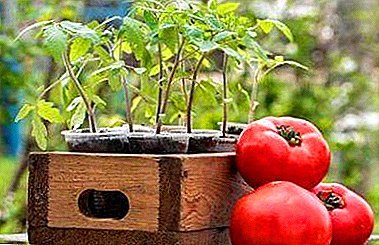 The use of protective reflective film.
The use of protective reflective film.- Spraying the outer walls of the greenhouse with a solution of chalk and water (1: 5).
- Watering plants in the early morning.
- In case of heat, the greenhouse can be covered with a fabric material, a reed mat.
- Installation of electric fan.
For promotion:
- Insulation of the greenhouse with additional film, to the air gap above the walls.
- Additional fencing inside the greenhouse - wooden or metal frame, covered with film.
- Soil mulching.
Such techniques allow you to adjust the temperature within + - 4-5 degrees.
Masking
A week after landing on the bushes, the lower stepsons are removed; repeat the procedure every 10 days. When forming in 2 stalks, 1 stepchild is left under the first floral brush. With 3 stems in addition to the "flower" stepson, leave another one, the strongest.
Lighting
Provide natural light by planting rows from north to south. But if natural lighting is not enough, you will have to resort to using artificial light.
At an early stage of plant development, lighting is recommended to be maintained for up to 20 hours, gradually reducing it to 12.
Important! Twenty-four-hour lighting is highly discouraged, it can destroy plants.
Yield
Growing tomatoes in the greenhouse can give a fairly rich crop, even in the harsh Urals climate - up to 15 kg / m². But since special conditions and regular maintenance are necessary for greenhouse tomatoes, the cost of the crop can be quite high. Cost reduction can be achieved by increasing the area of the greenhouse; costs will remain the same, and the amount of harvest will be higher.
Tomatoes are the most popular crop in all regions, and it is possible to grow them in greenhouses under any climatic conditions. It is enough to properly equip the place and provide proper care.


 The use of protective reflective film.
The use of protective reflective film.
